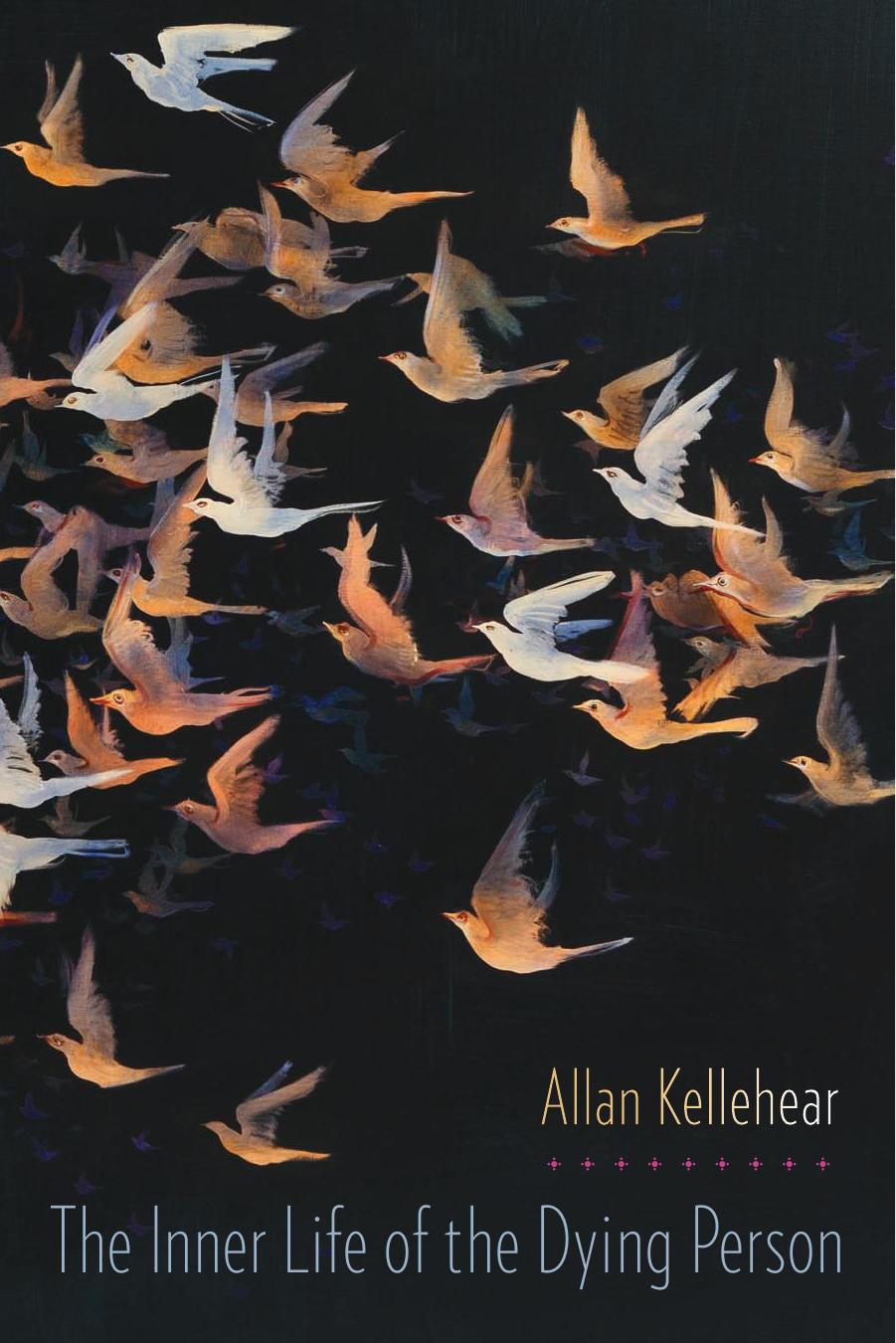The Inner Life of the Dying Person by Allan Kellehear

Author:Allan Kellehear
Language: eng
Format: epub, pdf
Tags: -
Publisher: Columbia University Press
Published: 2014-04-15T16:00:00+00:00
8
Waiting—In-between-ness
I grew up with six brothers. That’s how I learned to dance—waiting for the bathroom.
—Bob Hope
Waiting for death has long been acknowledged as part of both dying and death. A significant academic literature addresses these vigils for the dying, describing how friends and family wait beside the bedside of a dying loved one in intensive care wards, hospices, or even at home.1 After death the traditional waiting originated as a watching over the corpse, to see if the dying person really was dead (to prevent premature burial) and to guard against evil spirits and influences. This is also time to celebrate the life of the dead person. This last period of waiting is usually called the wake.2 In most countries from Ireland to the Caribbean and, despite myths to the contrary, even in the United States and Europe, both the vigil and the wake have been documented as a public period of waiting for carers and mourners.3
What is usually not acknowledged is that dying people also wait for their own dying if they are conscious during this period. Tolstoy’s The Death of Ivan Ilyich is a popular and oft-quoted fictional account of just this kind of waiting. In Tolstoy’s famous novel Ivan Ilyich undergoes a series of emotional and social transformations while waiting to die in the family home. His attitude toward his wife and children runs the gamut from antipathy and loathing to love and forgiveness as he wrestles with the frustration, anguish, and sense of desperateness that accompany him during his mortal journey. The attention to this form of waiting by dying people is often submerged and overtaken today as academics or clinicians talk instead about how dying people see their future or “sense of finitude.” But talk of the future is not what I am referring to in this chapter. In fact, many dying people do see a future for themselves, as prosaically or literally as the next hour or tomorrow or more grandly in the hereafter. In this chapter, however, I am referring to the presence and experience of “in-between-ness”—of being neither here (well and healthy like you) or there (dead as the proverbial door nail). In this psychological and social dimension, the dying person experiences a kind of limbo, a place of waiting, of being in a holding space, watched over by others perhaps but alone and without relief until reaching the final destination, whenever that might be. As Harold Brodkey, the novelist and essayist, wryly observed about his own dying from AIDS, “Much of the time I do nothing. I lie in bed or on the porch. I stare at death, and death stares at me.”4 Or as Thomas DeBaggio observed in the last lines of his own memoir about living with Alzheimer’s disease: “I must now wait for the silence to engulf me and take me to the place where there is no memory left and there remains no reflexive will to live. It is lonely here waiting for memory to stop and I am afraid and tired.
Download
The Inner Life of the Dying Person by Allan Kellehear.pdf
This site does not store any files on its server. We only index and link to content provided by other sites. Please contact the content providers to delete copyright contents if any and email us, we'll remove relevant links or contents immediately.
| Grief & Bereavement | Hospice Care |
| Pet Loss | Suicide |
They Both Die at the End by Adam Silvera(8612)
Thirteen Reasons Why by Jay Asher(7788)
The Space Between by Michelle L. Teichman(6088)
Suicide Notes by Michael Thomas Ford(4273)
Tuesdays with Morrie by Mitch Albom(3833)
Suicide: A Study in Sociology by Emile Durkheim(2610)
The Checklist Manifesto by Atul Gawande(2204)
Tuesdays With Morrie by Mitch Albom(2173)
Robin by Dave Itzkoff(2006)
In the Woods by Tana French(1997)
Bossypants by Tina Fey(1987)
No Ashes in the Fire by Darnell L Moore(1982)
Reservoir 13 by Jon McGregor(1852)
End of Days by Sylvia Browne(1825)
Olive Kitteridge by Elizabeth Strout(1790)
Bus on Jaffa Road by Mike Kelly(1785)
All Things New by John Eldredge(1782)
Scar Tissue by Anthony Kiedis(1771)
No Time to Say Goodbye(1760)
